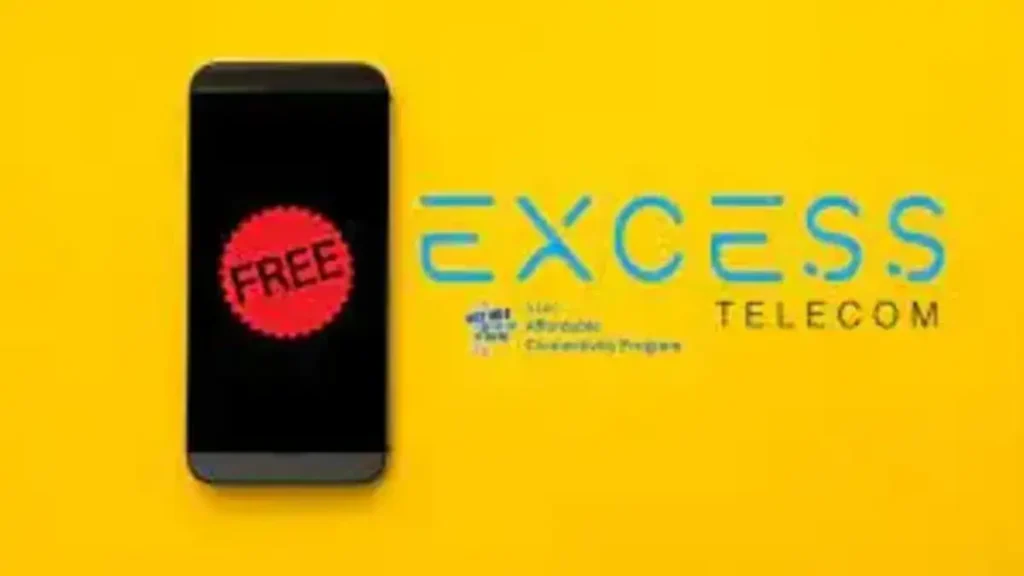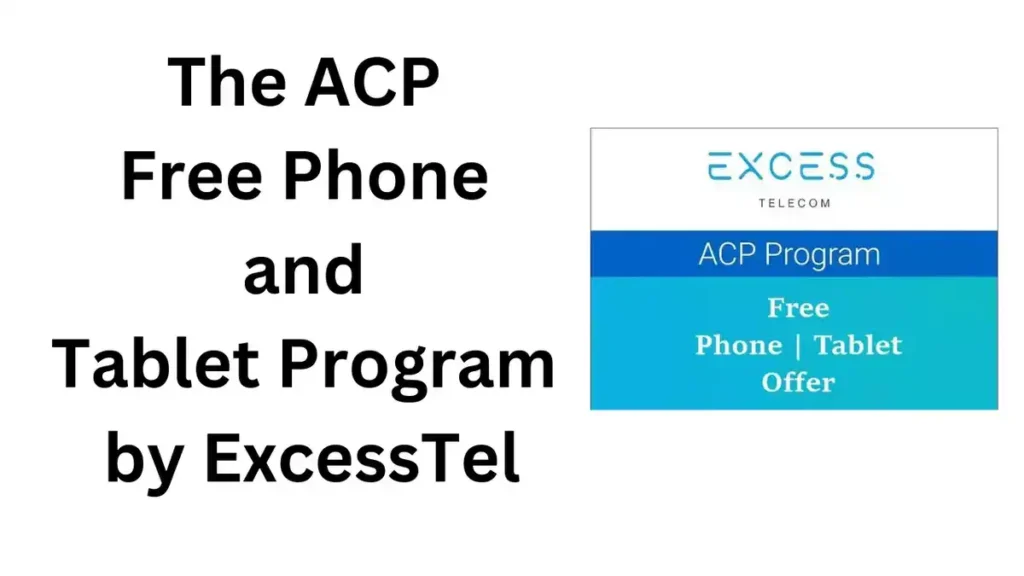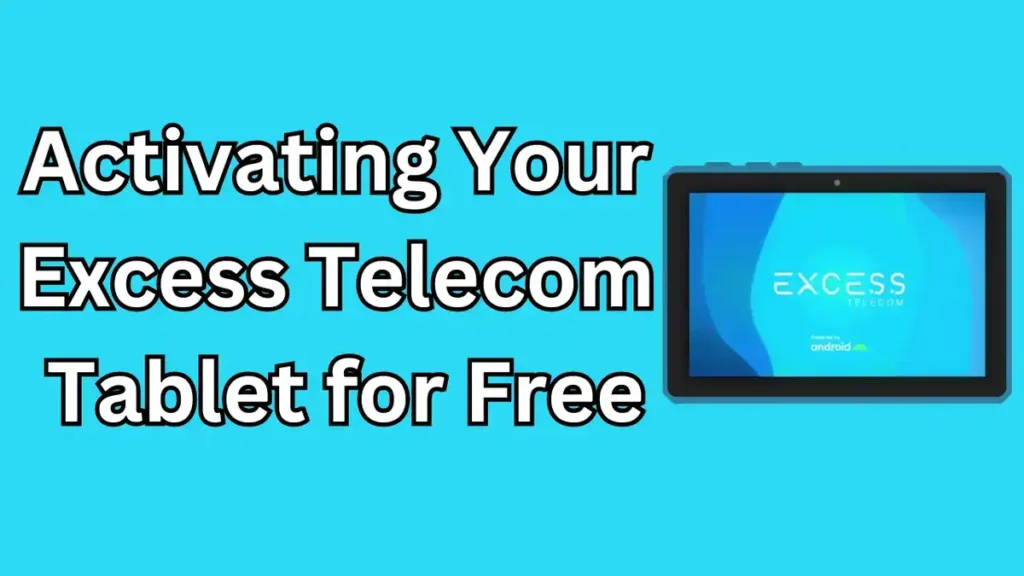Free Government Internet for Low-Income Families: In today’s fast-paced digital world, the internet has become an essential utility, connecting us to education, job opportunities, healthcare services, and a wealth of information. However, not everyone has equal access to this vital resource. The digital divide persists, leaving many low-income families on the wrong side of the connection. To address this pressing issue, governments across the world have taken significant steps to offer free internet access to those in need. In this blog post, we’ll explore the importance of free government internet for low-income families and the positive impact it has on their lives.
The Digital Divide: A Barrier to Progress
The digital divide is the gap that exists between those who have access to the internet and those who do not. It’s a divide that extends beyond mere connectivity; it encompasses disparities in education, job opportunities, and even healthcare access. Low-income families often bear the brunt of this divide, as the cost of internet service can be prohibitive.
The Importance of Free Government Internet:
**1. Access to Education: The internet is a vast resource for learning. From online classes to research materials, it’s an invaluable tool for students. Free government internet ensures that no child is left behind in their education due to lack of access.
**2. Employment Opportunities: In today’s job market, many job applications and opportunities are found online. Free internet access empowers job seekers to search for employment, submit applications, and participate in online interviews.
**3. Telehealth Services: The recent expansion of telehealth services has made healthcare more accessible, especially during times of crisis. Low-income families with free internet can now consult with healthcare professionals from the comfort of their homes.
**4. Social and Civic Engagement: The internet is a platform for social and civic participation. It enables individuals to connect with their communities, access government services, and stay informed about important issues.
**5. Economic Empowerment: Free government internet is an investment in economic empowerment. It provides individuals with the digital tools they need to improve their financial stability, seek higher-paying jobs, and access essential services.
Government Initiatives:
Governments around the world have recognized the significance of digital inclusion. They have launched various initiatives to provide free internet to low-income families. These initiatives often involve partnerships with internet service providers to ensure broad coverage and accessibility.
How to Access Free Government Internet:
Accessing free government internet typically involves meeting specific eligibility criteria, which may vary by region. These criteria often include low-income status or participation in government assistance programs like SNAP or Medicaid. Interested individuals can check with their local government or internet service providers to learn about eligibility requirements and the application process.
Closing the Digital Divide: A Shared Responsibility
Bridging the digital divide is a shared responsibility. While governments play a critical role in providing free internet access to low-income families, there are also opportunities for community organizations, nonprofits, and the private sector to contribute to this important cause. Together, we can ensure that everyone, regardless of their financial circumstances, has the opportunity to participate fully in the digital age.
Conclusion:
Free government internet for low-income families is not just a convenience; it’s a lifeline to education, employment, healthcare, and more. By addressing the digital divide, we empower individuals and families to lead more inclusive and productive lives. It’s a testament to our collective commitment to a fair and equitable society where digital opportunities are available to all.




I would like to get a free tablet